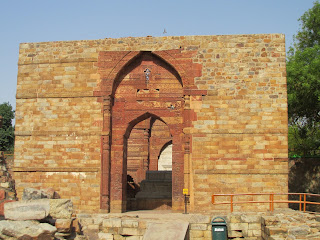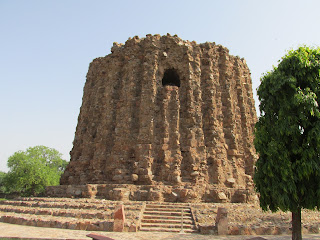Iltutmish's Tomb - Qutb Complex, Delhi

Delhi, the vibrant capital of India, is renowned for its rich array of historical monuments, boasting approximately 1300 scattered across its landscape. Among these, the iconic Qutb Minar stands tall as a favorite among visitors. Within the expansive Qutb Minar complex, housing not only the famed minaret but also numerous other historical gems, lies the significant site of Iltutmish's tomb. Historical Background Rai Pithora, also known as Prithviraj Chauhan III, expanded the Lal Kot by constructing a fort named Qila Rai Pithora while ruling Delhi. Muhammad bin Sam of Ghur invaded Qila Rai Pithora, defeating Prithviraj in his second attempt and capturing the fort. Qutbud-Din Aibak, his slave, was appointed the Viceroy of Delhi and later ascended to the throne as the Sultan of Delhi in 1206 CE, marking the beginning of the slave dynasty's rule. Upon Qutbud-Din's death, his son-in-law Shamsud-Din-Iltutmish succeeded him in 1211 CE. Iltutmish made significant contri...








